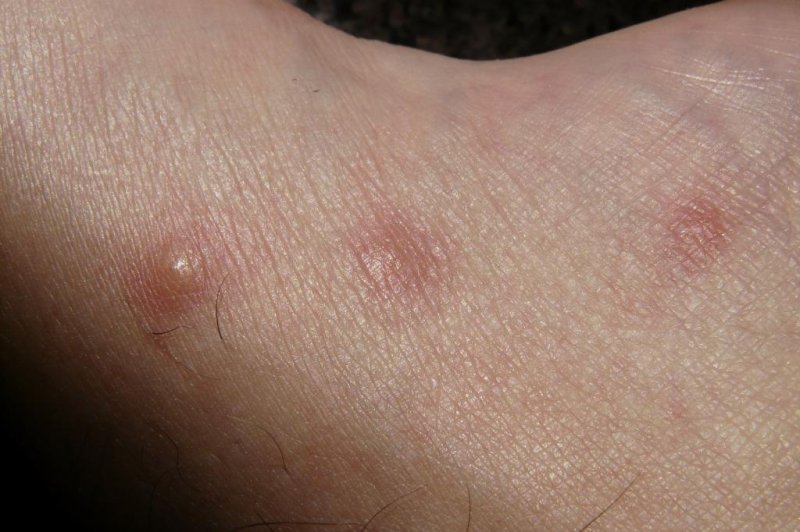Louisiana State researchers have found an alternative to treating allergic reaction to substances that doesn't have side effects -- a mixture of antioxidants and moisturizers -- instead of corticosteroids. Photo by
pixabay/Hans
March 8 (UPI) -- Louisiana State researchers have found a new treatment for the allergic reaction to substances instead of corticosteroids.
The method is a mixture of antioxidants and moisturizers that are combined with a nonsteroid that prevents the release of histamines, according to research published in the March issue of Dermatology and Therapy. The new cream works prevents or stop the process that initiates inflammation instead of reducing the symptoms.
Exposure to an allergen, including nickel and gold, perfumes, soaps or organic compounds, causes allergic contact dermatitis in people with the sensitivities.
The condition affect up to 20 percent of children and 3 percent of adults worldwide, according to the National Institutes of Health. Another form of sensitivity, called atopic dermatitis, is a skin disease associated with environmental exposure and immunological responses.
For those with allergic contact dermatitis, corticosteroids are a treatment option but side effects include skin atrophy, spider veins, loss of skin color or corticosteroid acne. In addition, by disrupting the skin's barrier, they can lead to adrenal suppression, altered growth, hypertension, hyperglycemia, insulin resistance and cataracts, and even certain cancers.
In addition, LSU researchers said they reduce symptoms but the recovery can take weeks. The authors also note that this allergic treatment represents 5 percent to 10 percent of doctor visits.
"Now with the new cream, we targeted some of those mechanisms in a relatively less complex condition in the skin, always with translational-enabling goals," Dr. Nicolas Bazan, a professor and director of the Neuroscience Center of Excellence at LSU Health New Orleans School of Medicine, said in a university release.
The experimental cream was successfully used in several mice without the side effects of corticosteroids. Two other mice were used in a control group did not receive the mixture. One had no treatment and another had steroid.
The mice's ears were used in the treatment.
It consisted of a mixture of Rosa moschata and Croton lechleri, which are antioxidants, and Aloe vera and d-panthenol, which are moisturizers. Also used were hydroglycolic solutions of disodium cromoglycate.
"I am very interested in immune system and inflator system, but also the nervous system," Bazan said in an interview with UPI. "The nervous system were neglected in other studies. We believe the nervous system is just for brain, but also important in our skin and how we respond to allergy."
Bazan said additional studies are needed "to determine the ideal duration of treatment and the most efficacious concentrations of the active components in the test formulations that will best alleviate ACD."















